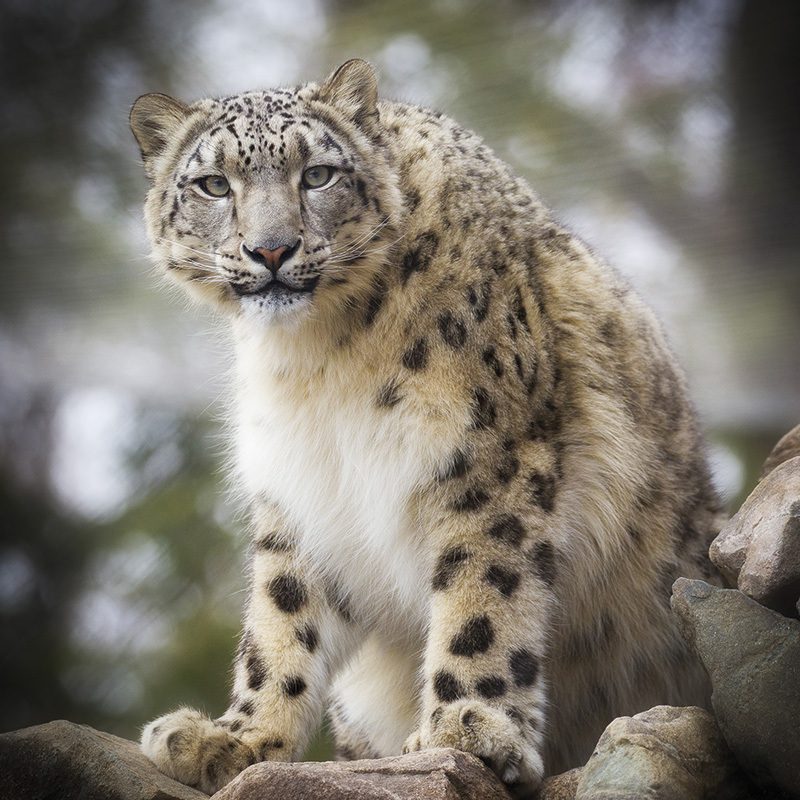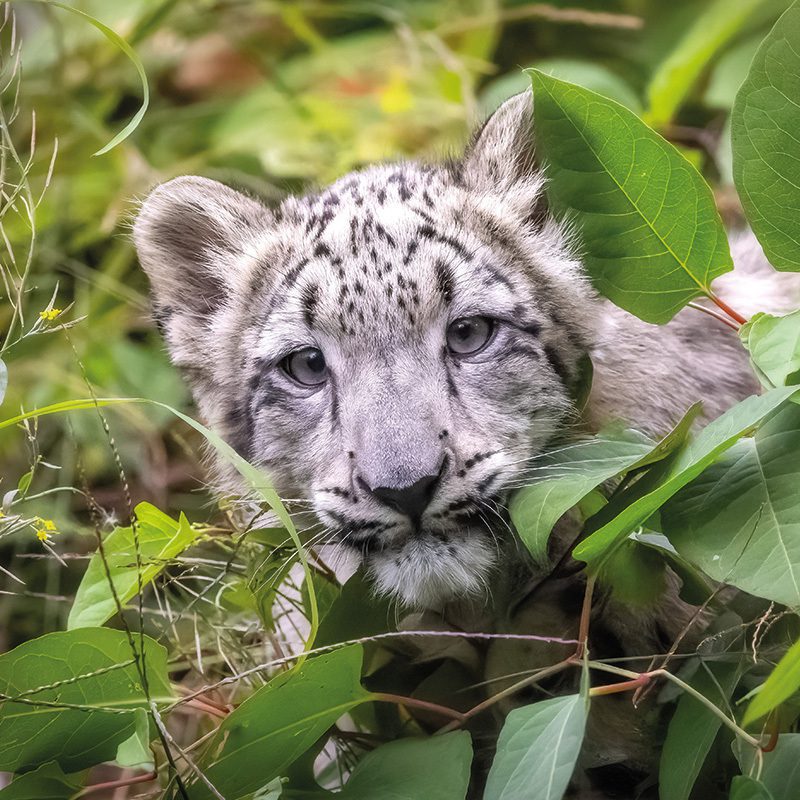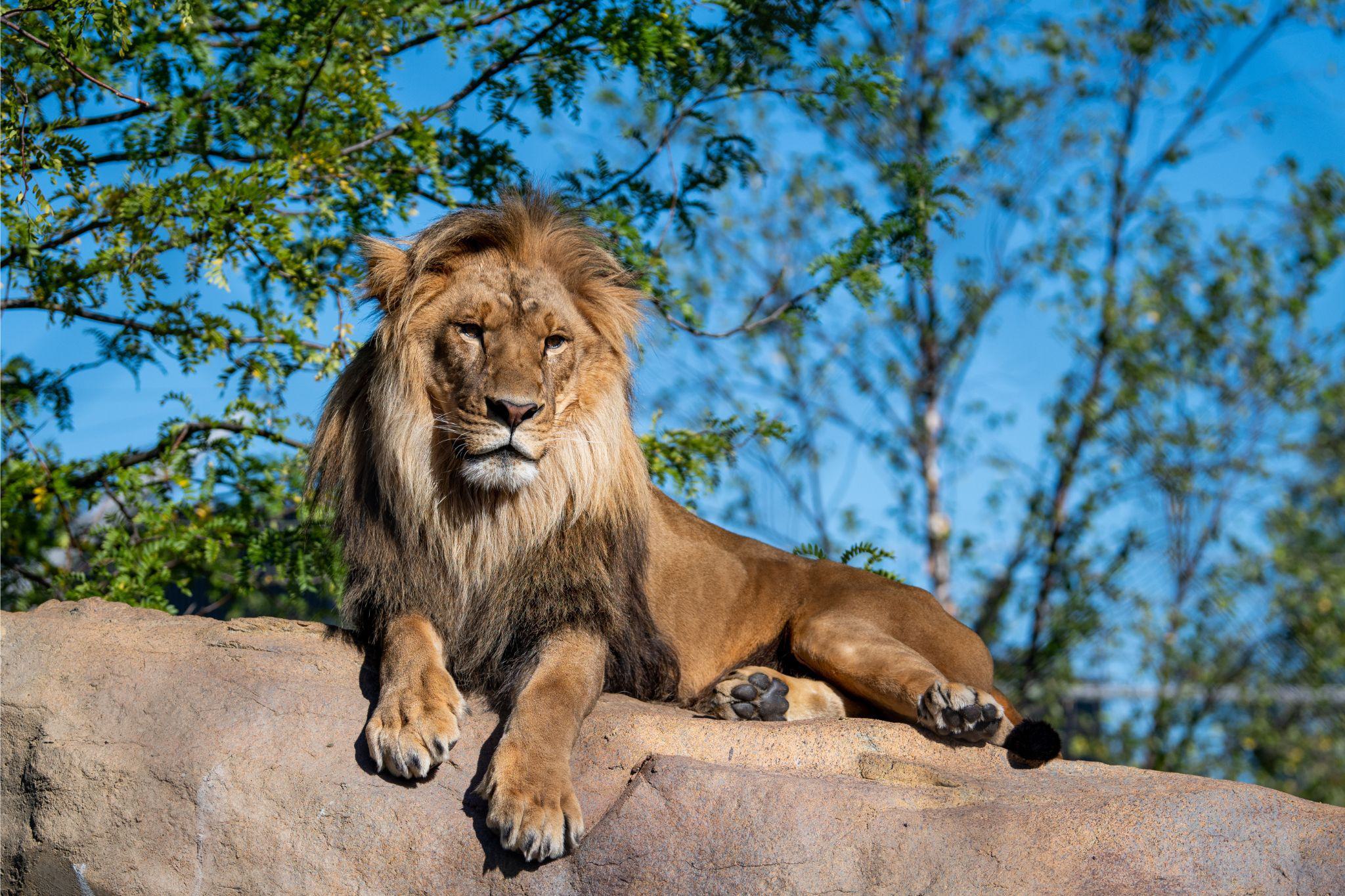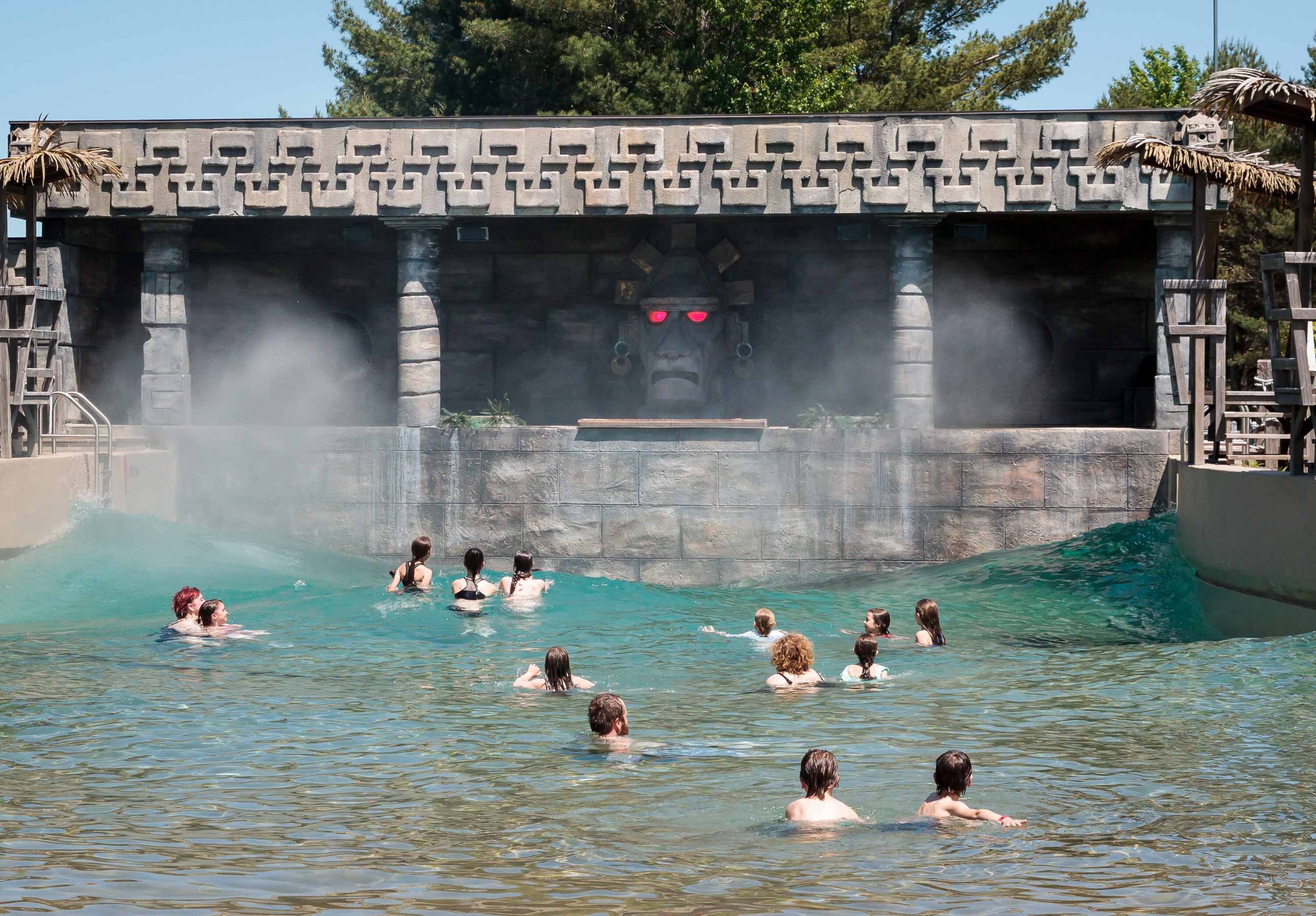Understanding What Threatens the Ghost of the Mountains
A true master of camouflage among the rugged cliffs, the snow leopard is known for its elusive and secretive nature. It wasn’t until 1971 that the first photograph of this feline was captured in the wild, high in the Himalayas. Perfectly blending into its surroundings, the snow leopard inhabits vast, steep territories that make field research particularly challenging.
Most of what scientists know about the species has come from camera traps and GPS tracking collars. It’s no wonder, then, that it earned the nickname ghost cat. Yet the threats it faces are anything but invisible.
On this International Snow Leopard Day, we turn our attention to the challenges confronting one of the world’s most mysterious big cats.
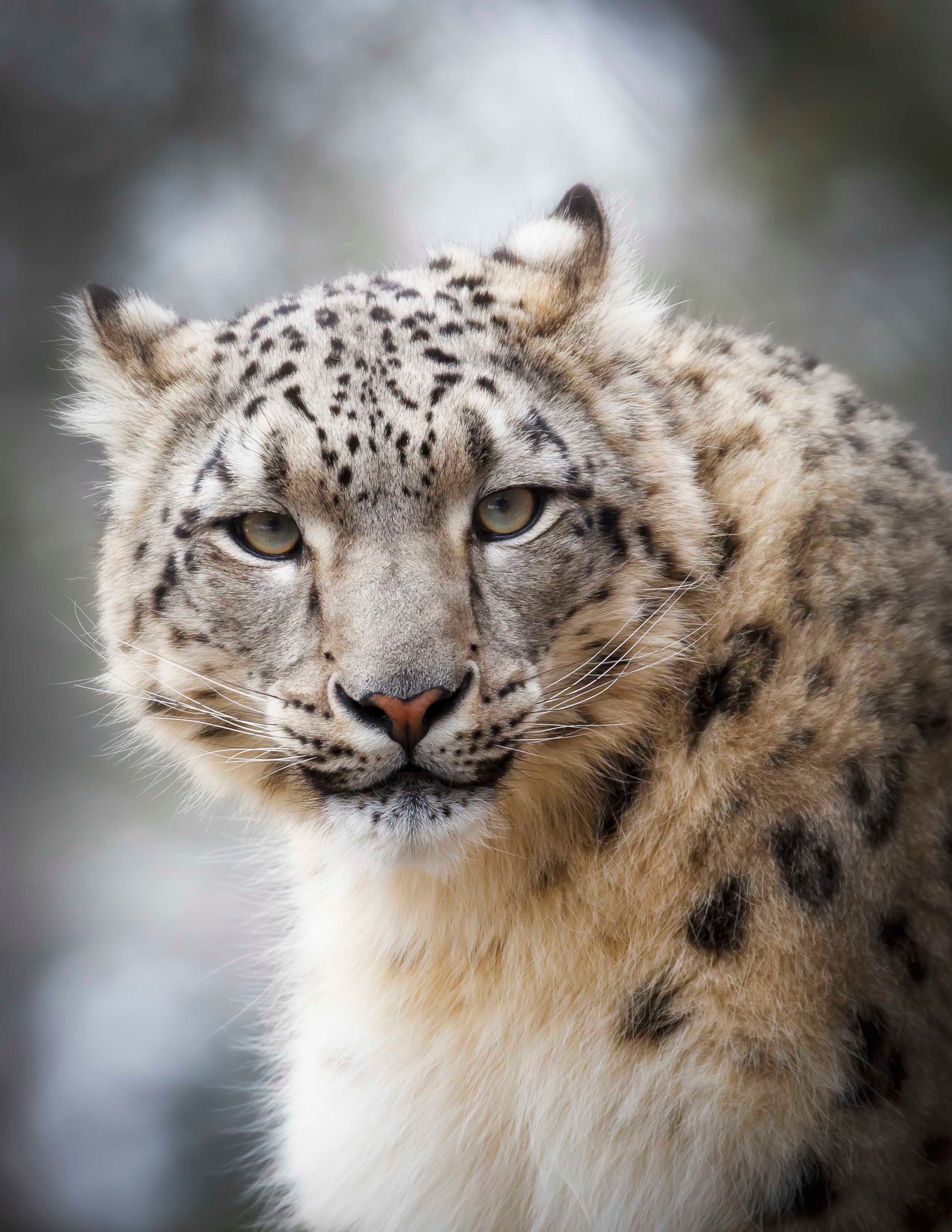
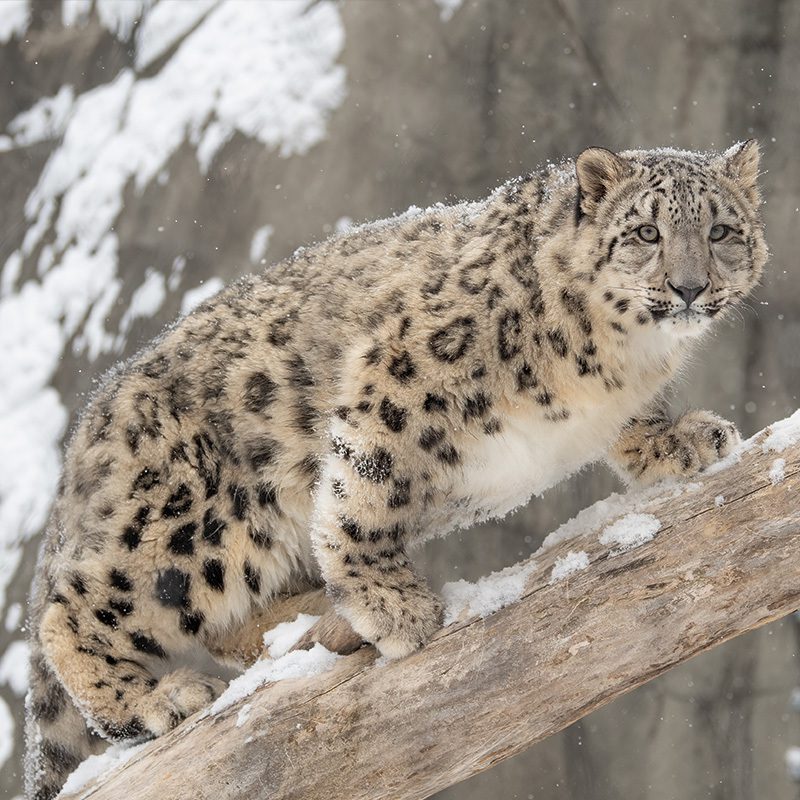
A Long-Standing Human-Wildlife Conflict
For centuries, this charismatic spotted cat reigned supreme over its mountain realm. But hunted for its beautiful fur and for its bones, used in traditional Asian medicine. Its populations have plummeted over the past hundred years, leaving only an estimated 4,000 to 6,000 individuals in the wild today.
At one point, a single pelt could sell for nearly 60,000 Canadian dollars on the black market, an unimaginable sum in regions where the average annual income barely reaches 300 dollars (source: WWF).
Beyond poaching, the snow leopard continues to face conflict with livestock herders. Livestock, a vital source of income and subsistence, competes directly with the leopard’s natural prey for grazing areas, while also contributing to urban expansion and habitat fragmentation. Moreover, herders often retaliate against the big cat for preying on their animals, sometimes resorting to poisoning and other lethal means.
As if these pressures weren’t enough, climate change now poses one of the greatest threats to the snow leopard’s survival. Already a vulnerable species, it is losing ground across much of its range. The snow leopard favors high altitudes, living between the tree line and the snow-covered peaks. However, as global temperatures rise, vegetation advances uphill, encroaching on the leopard’s habitat. According to a recent WWF study, the species could lose nearly 30 percent of its Himalayan range due to the impacts of global warming.
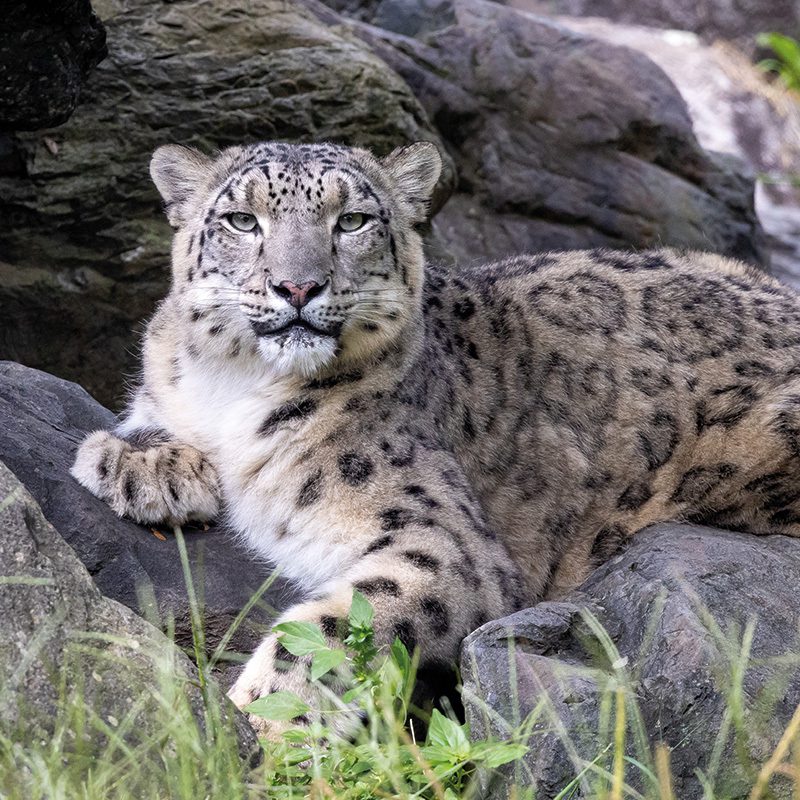
Working with Local Communities to Protect the Snow Leopard
It’s clear that saving this magnificent feline depends not on working against local communities, but with them.
Found across a dozen countries in Central Asia, the snow leopard benefits from coordinated protection and conservation initiatives, but their success relies on local participation.
Efforts such as compensating herders for livestock losses, promoting educational programs that highlight the leopard’s ecological importance, and involving residents in monitoring and conservation actions are key to ensuring both the species’ survival and the preservation of its habitat.
As part of its Mission Faune initiative, Zoo de Granby contributes to snow leopard conservation by financially supporting awareness programs in Nepal and by promoting the work of the Snow Leopard Trust, a globally recognized organization that has been protecting the species and its habitat since 1981.
More than a dozen snow leopard cubs have also been born at Zoo de Granby since it joined the SSP (Species Survival Plan) program, helping maintain a healthy population in human care. Together, these combined efforts aim to prevent the snow leopard from fading into extinction, and truly becoming the ghost of the mountains.
You can also support snow leopards!
Interesting informations
